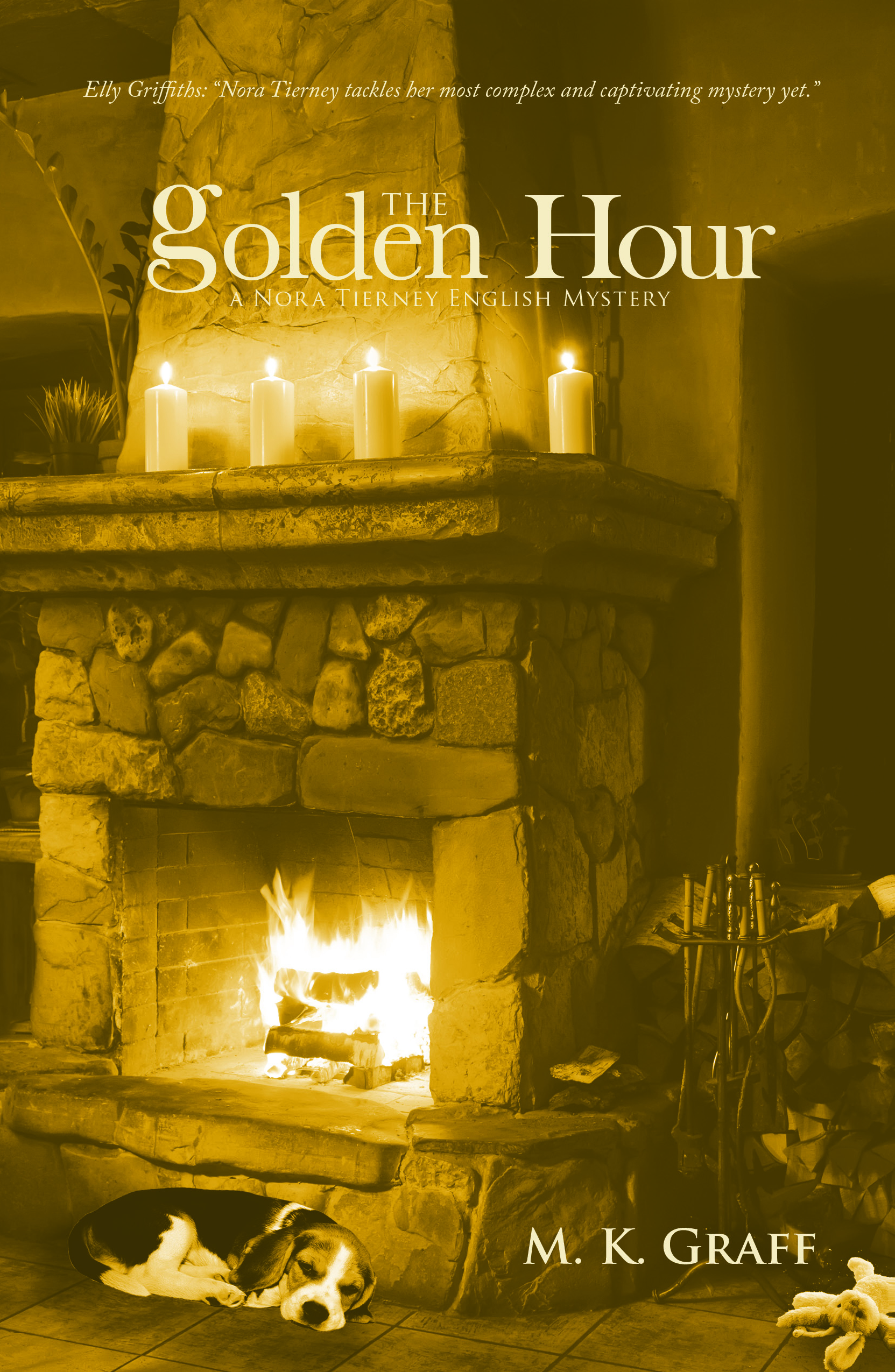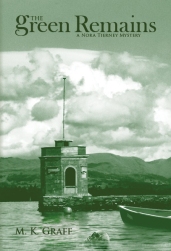Auntie M has a stack of great reads written in other eras, so here’s a wealth of resources for those of you who prefer your crime to be set in other than contemporary times.
Reaching back into time is Laura Lebow’s The Figaro Murders, which brings 1786 Vienna to life.
Venetian Lorenzo Da Ponte has lived in Vienna for five years but still misses Venice. As court librettist, his current job for Emperor Joseph II is to finish the libretto for a revised version of Mozart’s The Marriage of Figaro , to please the Emperor, before its premiere the following week. It’s a tense situation as his previous libretto for a Salieri opera in the recent past closed after just one performance. The job is not as glamorous nor as well paid as it sounds, and a morning trip to his barber will change Lorenzo’s life.
The barber, Vogel, is on his way to debtor’s prison for a year, unable to pay the loan he used to open his shop, and begs Lorenzo to visit his fiancee, Marianne. He gives Lorenzo a box he’s found hidden in the closet of his recently-deceased mother–who told him shortly before her death that he had been adopted. Convinced his real family is one of noble origins and as a way to get him out of prison, Vogel expects that Lorenzo will aid Marianne to unearth his real family connections and save him and his marriage.
The box contains three innocuous items as Lorenzo’s only clues: a white fur ladies muff, a French grammar book, and a small ring, perhaps a betrothal ring. These three things will turn out to be the only link left to Lorenzo, and at first glance they appear to be of little value.
Lorenzo has an unusual visit to the Palais Gabler, home to a well-placed diplomat, where Marianne is employed. And then the unthinkable happens: he is arrested for a murder that apparently occurred during his visit to the Gabler home. Now the only way to clear his name is to undercover and find the real murderer, or be hanged for a crime he didn’t commit.
Filled with characters like Mozart and Salieri, the music matters of the Court and the time spring to life in this perspective of a certain period. A solid historical mystery.

We switch to Dublin in 1887 for Conor Brady’s intriguing debut, A June of Ordinary Murders. The former editor of The Irish Times has written of the time in Victorian Dublin when crimes were classified as either “special” or “ordinary.” Special was for political crimes; murder was deemed ordinary.
The city readies for its celebration of Queen Victoria’s Golden Jubilee during an oppressive heatwave that everyone suffers under, just as they are under the threat of growing nationalist violence and a rising underworld of master criminals.
Enter DS Joe Swallow, tasked with investigating two murders when the mutilated bodies of an adult and a young boy are found in Phoenix Park. As he digs deeper, he learns he must be politically correct as he delves into the upper reaches of Dublin society. With his own success rooted in the past, Swallow his been a copper long enough to have enemies in the press and in his own department, and he needs to get this one right.
It seems the two deaths are connected, and then a woman’s body is found floating in the Grand Canal, and as the body count rises, so does the pressure on Swallow to effect an end to the string of killings.
Brady’s vivid descriptions bring this time of long ago to life, from the land wars to the country readying itself for the Queen’s visit during the heat, adding to the sense of languidness everyone involved feels. And Swallow has his own dark life to contemplate.
There are plenty of layers and different nuances as the police investigation unfolds. An interesting side component is to see the ‘forensics’ of 1887. Fans of The Murdoch Mysteries will eat this one up.

Vaughn Entwhistle introduced “the paranormal casebooks of Sir Arthur Conan Doyle” in last year’s The Revenant of Thraxton Hall. This second installment, set in 1895, brings back Doyle and his good friend Oscar Wilde as characters, to the readers delight, in The Dead Assassin.
The atmosphere is tense in London, with bombs detonating and causing anyone of a foreign nature to be suspected of being an anarchist.
Doyle’s dinner out is interrupted when a senior member of the government is brutally murdered, as is his assassin. One of the detectives recognizes the assassin as a pickpocket and petty thief, Higginbotham, who’s lived a life of low level crime. Then it turns out this same man couldn’t be the assassin–he was hanged two weeks ago. So how did he appear to be able to carry off the murder from his grave?
This obvious attempt at obfuscation brings Doyle and Wilde into the midst of a bizarre investigation with so many lives in peril readers will be surprised at how far the tendrils reach. This sequel is heavier and darker than the debut, especially once it’s established that the ongoing killings appear to be committed by criminals who are already dead.
Frankenstein meets Holmes, or in this case, Doyle, in this look at dark Victorian times–what can only be expected from an author who once ran a business that sculpted gargoyles.

Andrew Williams takes readers to 1917 Britain with a spy thriller based on real events in The Suicide Club, a convincing and atmospheric mystery that is as well written as it is well researched.
Passchendaele is a nightmare, and Captain Alexander Innes of the Cameron Highlanders, badly wounded at the Somme, is taken off the front lines and seconded to the Secret Service, working in Belgium with the Resistance.
When he’s recalled to London to General Haig’s headquarters, his new assignment as a spy is to ascertain if the intelligence being delivered to the High Command is reliable.
What he learns is that the intelligence is suspect, and with the leaders using Innes for their own devices, the political tension–and the stakes for the outcome–rise sharply. Innes will find himself send back to Belgium, where the book’s action heats up even more.
The horrors of war are not glossed over, nor are the terrible outcomes for many devoted Resistance members of an occupied country. Fair to its real life characters, even Innes’ love affair feels grounded in reality.
Written with a deft hand, perfect for fans of John LeCarre’ and Alan Furst.

It’s 1920’s England in Frances Brody’s fourth Kate Shackleton mystery, A Woman Unknown.
The accidental private investigator is first called on to uncover where a young woman goes when she tells her husband she is visiting her ill mum.
Cyril Fitzpatrick is concerned about his wife, Deirdre, and wants to know just where his wife really disappears to. Kate is wary of the job–she has come across Deirdre Fitzpatrick before.
When Chief Inspector Marcus Charles of Scotland Yard, Kate’s presumptive love, asks her to meet him at the Hotel Metropole, it’s to identify a man known to Kate who has been found by a chambermaid, dead in bed and not from natural causes. Everett Runcie, a banker facing ruin and disgrace by devious dealings faced divorce from his American heiress wife, tired of his infidelities. But Everett Runcie had not been alone when he checked into the hotel, so who, was his companion?
Could these seemingly unrelated events be connected? As she investigates, Kate recalls an accidental shooting at the start of the grouse season a few weeks back, and begins to wonder if there could be a tie to these cases. The more she delves, the more convoluted and sinister do matters appear. Can Kate untangle the complex threads and get to the truth?
Cleverly plotted, the story is told by Kate in the first person, and by third person narratives from Kate’s assistant Sykes and Deirdre Fitzpatrick. Brody weaves an intriguing set of events for the reader to unravel, which also highlights the difficult divorce laws of the time. The period details add much to the texture of this satisfying entry in the series. Don’t miss this entertaining series if you haven’t found Brody yet.
Leave a Response »

































